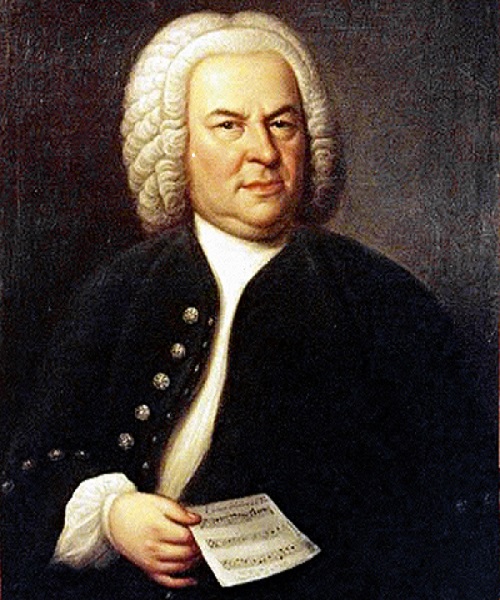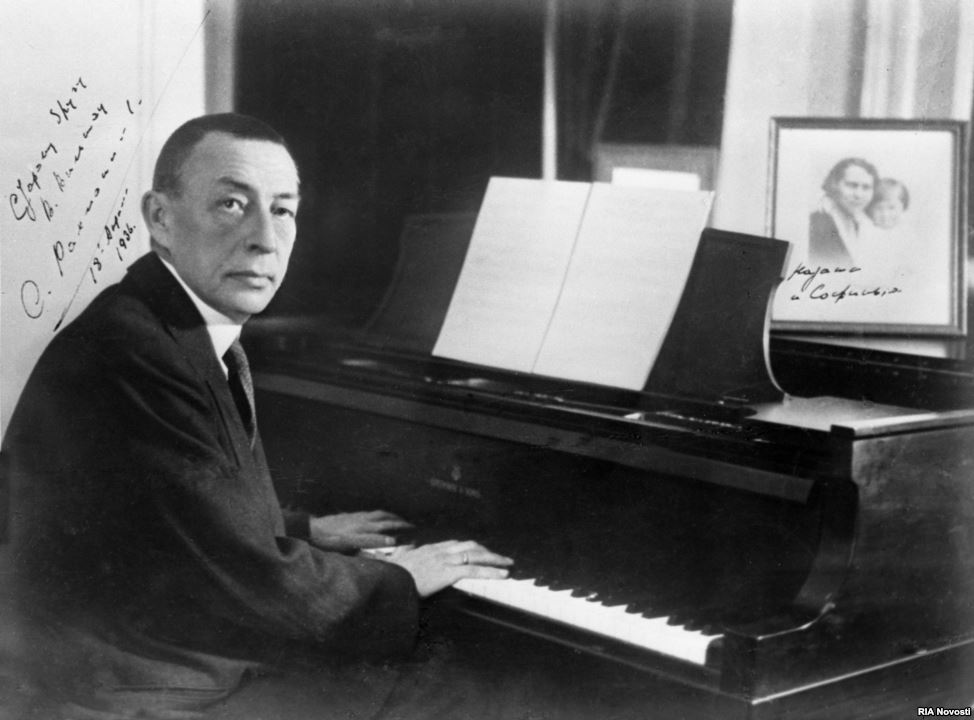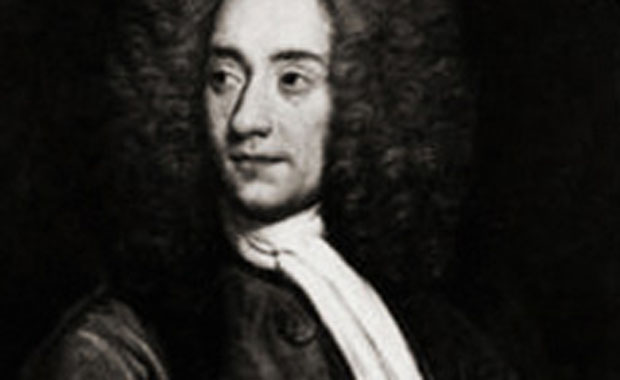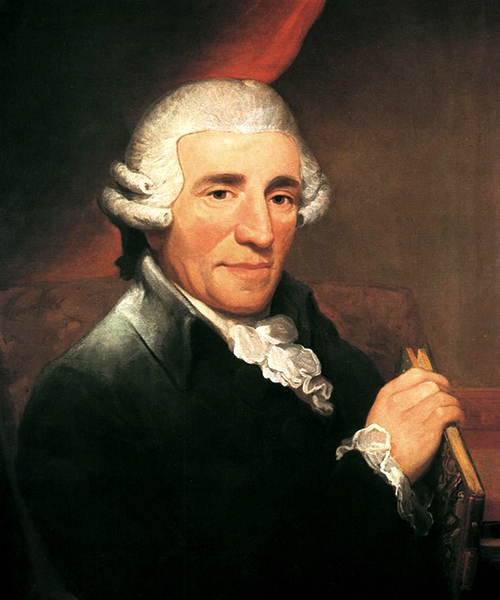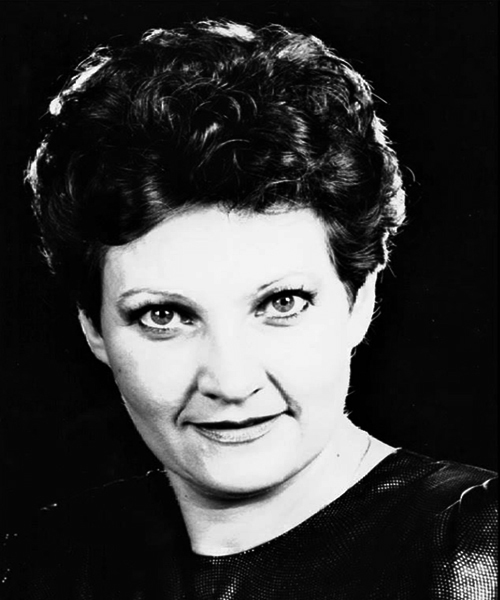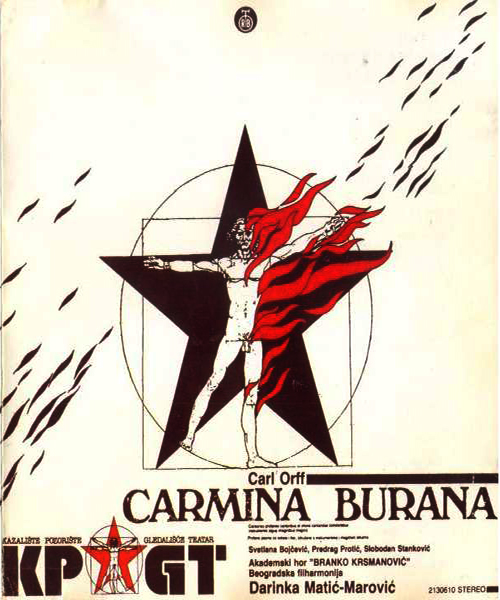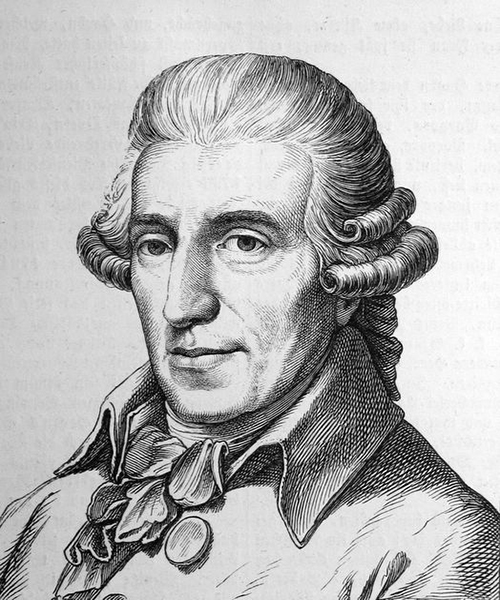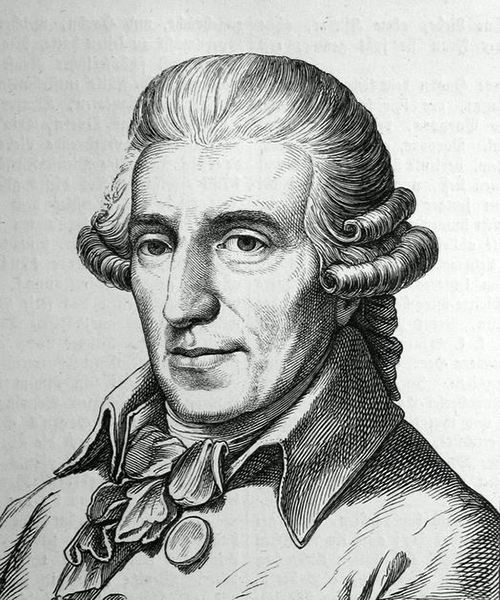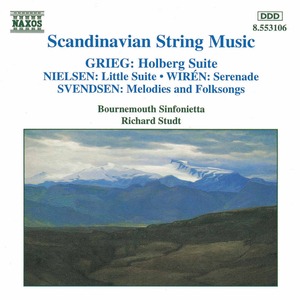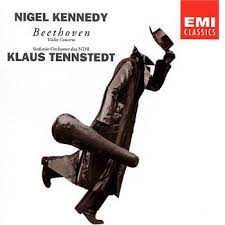Johann Sebastian Bach (31 March 1685 – 28 July 1750) was a German composer, organist, harpsichordist, violist, and violinist of the Baroque period. He enriched many established German styles through his skill in counterpoint, harmonic and motivic organisation, and the adaptation of rhythms, forms, and textures from abroad, particularly from Italy and France. Bach's compositions include the Brandenburg Concertos, the Mass in B minor, the The Well-Tempered Clavier, his cantatas, chorales, partitas, Passions, and organ works. His music is revered for its intellectual depth, technical command, and artistic beauty.
Bach was born in Eisenach, Saxe-Eisenach, into a very musical family; his father, Johann Ambrosius Bach, was the director of the town musicians, and all of his uncles were professional musicians. His father taught him to play violin and harpsichord, and his brother, Johann Christoph Bach, taught him the clavichord and exposed him to much contemporary music.Bach also went to St Michael's School in Lüneburg because of his singing skills. After graduating, he held several musical posts across Germany: he served as Kapellmeister (director of music) to Leopold, Prince of Anhalt-Köthen, Cantor of Thomasschule in Leipzig, and Royal Court Composer to August III.Bach's health and vision declined in 1749, and he died on 28 July 1750. Modern historians believe that his death was caused by a combination of stroke and pneumonia.
Bach's abilities as an organist were highly respected throughout Europe during his lifetime, although he was not widely recognised as a great composer until a revival of interest and performances of his music in the first half of the 19th century. He is now generally regarded as one of the main composers of the Baroque period, and as one of the greatest composers of all time.
The Sonatas and Partitas for solo violin (BWV 1001–1006) are a set of six works composed by Johann Sebastian Bach. They are also called the Sonatas and Partias for solo violin, in accordance with Bach's original terms: "Partia" was common in German-speaking regions during Bach's time, whereas the Italian "Partita" was introduced to this set in the 1879 Bach Gesellschaft edition, having become standard at that time. The set consists of three sonatas da chiesa, in four movements, and three partitas (or partias), in dance-form movements.
